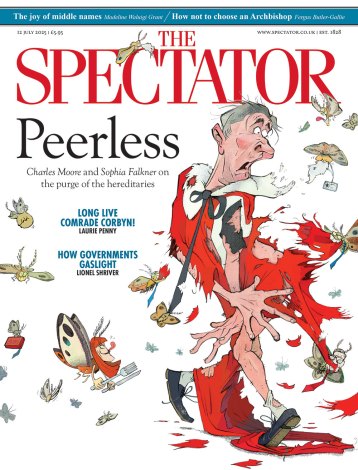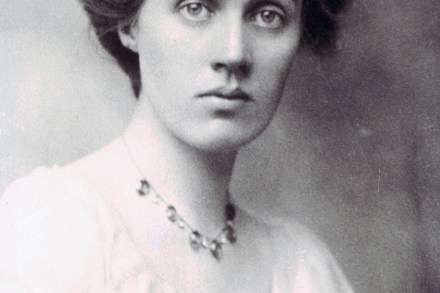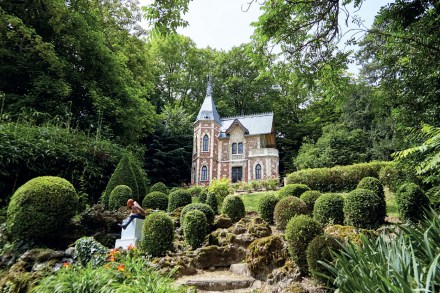A gruesome bohemian upbringing: Days of Light, by Megan Hunter, reviewed
Ivy, the protagonist of Megan Hunter’s magnificent Days of Light, lives with her family at Cressingdon, a Sussex farmhouse, which is ‘covered with her mother’s fabrics and artworks, every room thick with the breath of her, of Angus’ (her mother Marina’s lover). At weekends, her father Gilbert, a travel writer and notorious womaniser, comes down from London to stay. The clear parallels with Angelica Bell and Charleston extend even further. Ivy develops a tendresse for, and eventually marries, Bear, a man 25 years her senior and Angus’s former lover. Like his prototype Bunny Garnett, Bear worked on the farm to avoid conscription during the first world war. Like Bunny with





